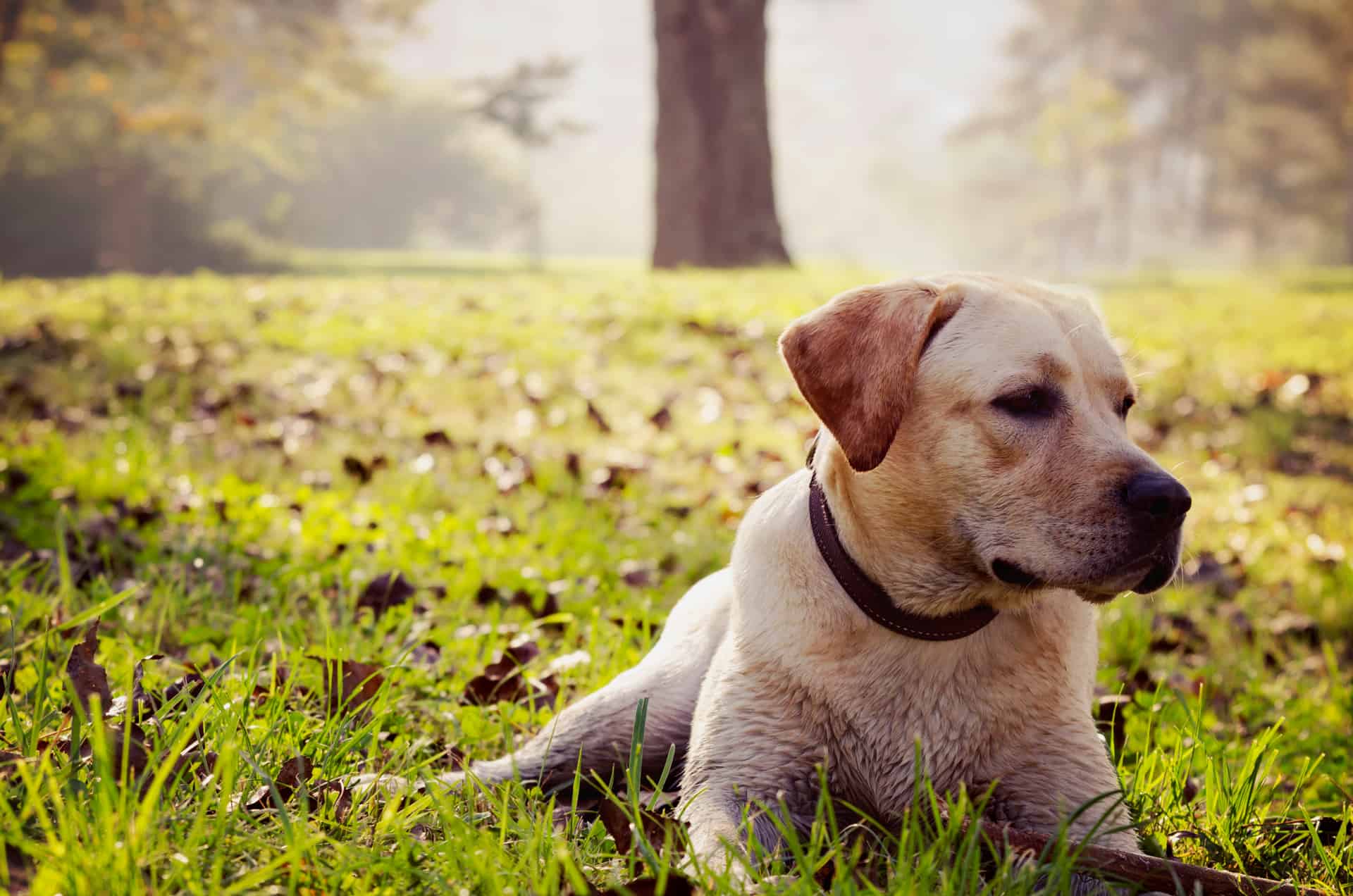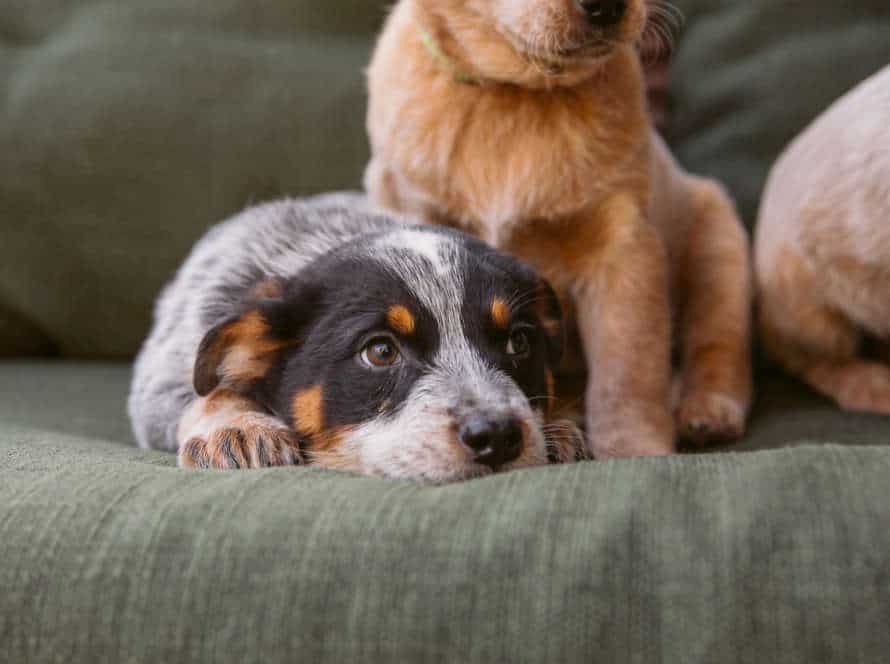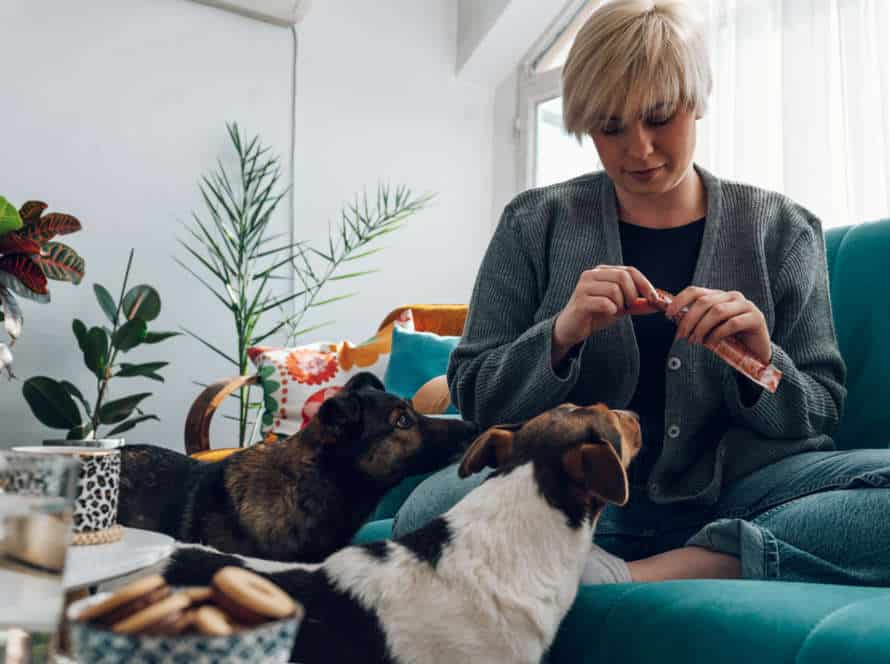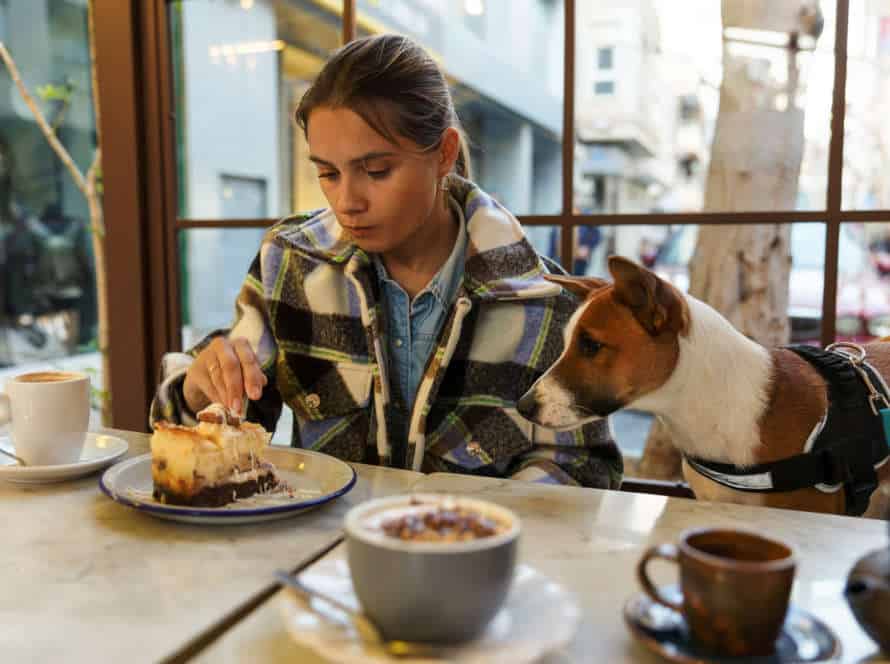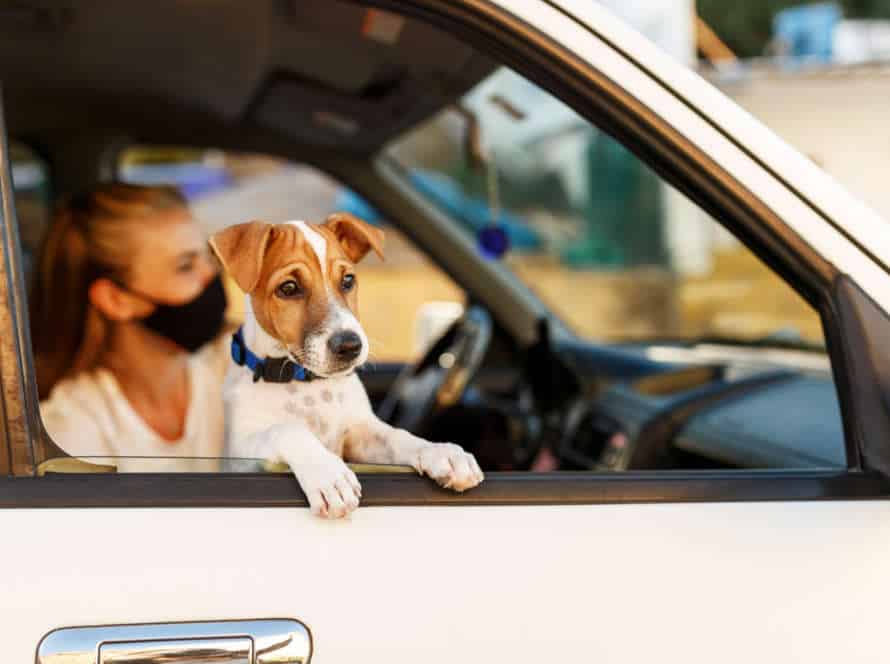Planning an Off-Leash Dog Park
Dog owners rely on off-leash dog parks for their pup’s safe and fun playtime. When designing the park, there are a few things to consider. Size and shape, safety, amenities and more. Here are tips for community planners to create the perfect off-leash dog park. Everyone will be able to have a safe and enjoyable time!
Designing the Space for Dogs
Creating an off-leash dog park takes thought. To make it safe and fun for dogs and their owners, here are some tips for community planners.
- Choose a great location. Make sure it’s accessible by foot or car and has parking close by.
- Plan for safety. Fence the area and have small and large dog areas. No unpaved areas, hazardous materials or toxic plants.
- Equip the park. Water fountains, poop bag dispensers and trash cans. Also add agility equipment for mental and physical activity.
- Plan for maintenance. Cut the grass, empty bins and pick up poop. Assign staff for regular upkeep.
Pro-tip: Design the dog park to provide a safe and fun place for dogs. Make sure you plan to meet all their needs.
Safety Considerations
Safety is key when planning an off-leash dog park. Here are some tips to remember:
- Fencing should be strong and tall – at least 6 feet.
- Have double-gated entries, to stop dogs from escaping.
- Separate small and large dogs – to avoid conflicts.
- Provide shade and water – to keep dogs cool and hydrated.
- Establish rules – like vaccinations and no aggressive behavior.
Follow these safety measures, and you can create a safe and enjoyable environment for everyone to enjoy!
Location Selection
Choosing the perfect spot for an off-leash dog park is essential to secure its success and make sure it is safe for both dogs and their owners. Here are some key points to take into account:
- Accessibility: Ensure everyone in the community, including those with disabilities, can get to the park easily.
- Size: The park should be spacious enough for the dogs to run, play and socialize with other dogs and their owners.
- Terrain: Opt for a flat or sloping terrain instead of steep hills or rough ground.
- Proximity: Put the dog park away from residential areas and roads to reduce noise and protect dogs and their owners.
- Amenities: Make sure the park includes amenities such as water fountains, shade, benches, and waste disposal stations.
By taking these factors into account, community planners can choose the ideal location for an off-leash dog park that will benefit the local community and their furry friends.
Amenities for an Off-Leash Dog Park
When designing a dog park with no leash-rule, think of the amenities. All dogs should be safe and content. What type of terrain? And which kind of dog? This section looks at the key features to include. Every off-leash park must have them!
Water and Waste Stations
Water & waste stations are essential for any off-leash dog park. Dog owners rely on them for keeping their pets hydrated & cleaning up after them.
- Water Stations: Installing a station with a doggy drinking fountain & bowl-filling station makes it easy for dogs to drink & stay hydrated. It must be in a spot easily accessible by dogs of all sizes.
- Waste Stations: Plastic bags should be available at a waste station, so owners can clean up their dog’s waste. This station must be visible to all owners.
Community planners should include these stations in their design plans. They make the park more enjoyable & an essential part of the community.
Playground Equipment for Dogs
Playground gear for pooches is an awesome method to keep pet-pals active and involved while they play in the off-leash dog park. There are many equipment options to pick from, which can suit different breeds and sizes of dogs.
Some examples include:
- Jump bars: Great for doggies who dig jumping, these can help with agility and coordination.
- Hoops: Or tunnels – perfect for chasing each other and playing hide-and-seek.
- Ramps: Perfect for tiny dogs or more senior ones. Easier to climb and provide a safe spot for sunbathing.
- Tug toys: Perfect for interactive play with humans or other doggies. Builds strength and creates a strong bond between dogs and owners.
Pro Tip: Water features, like doggy pools or spray fountains, can cool down dogs during hot weather and make the off-leash park even more fun and refreshing!
Seating and Shade
Designing an off-leash dog park? Essential seating and shade must be considered!
Benches: Provide areas for owners to sit while their dogs play. Sturdy benches can withstand any weather.
Picnic Tables: Offers owners a place to relax, eat and socialize.
Shade Structures: Dogs and owners need a break from the sun. Pergolas, trees and canvas covers can provide shelter.
The right seating and shade make an off-leash park a great destination for owners and their furry friends to bond and relax!
Landscaping and Maintenance for an Off-Leash Dog Park
For a great off-leash dog park, landscaping and maintenance must be perfectly combined. Then, it can become a place of joy for both dogs and humans. To make and keep the park up-to-date, community planners must take into account landscaping and maintenance. In this article, we will provide tips for designing and maintaining an off-leash dog park from the angle of landscaping and maintenance.
Choosing Dog-Friendly Ground Cover
Choosing the right ground cover for an off-leash dog park is a must. Not all ground covers are suitable for dogs to play and roll around on. Here are some dog-friendly options:
- Artificial turf – it’s easy to clean, durable, and safe.
- Gravel – it’s low-maintenance and allows water to drain. Choose rounded gravel to avoid sharp edges.
- Wood chips – natural, affordable, and use large chips for safety.
- Lawn – strong grass variety, but pick up dog waste regularly to prevent damage.
Pro tip: Stay away from cocoa mulch. It can be toxic if ingested.
Maintenance of the Dog Park
For a safe and fun environment for dogs and owners, an off-leash dog park needs to be maintained. Landscaping and care are key elements. Here’s how:
- Cut the grass short to stop fleas and ticks and to make cleaning up waste simpler.
- Collect and dispose of dog waste properly.
- Have plenty of rubbish and waste bins around the park.
- Ensure water sources are available and clean.
- Inspect park structures such as fences, gates, and play areas.
- Add shady spots and seating for owners to relax while their dogs play.
By following these maintenance tips, your off-leash dog park will be enjoyable and safe for everyone.
Prevention of Erosion and Drainage Issues
To create a secure, functional, and eco-friendly off-leash dog park, preventing erosion and drainage issues is a must. Here are some tips:
- Use the correct grading techniques to stop soil erosion and enable proper water runoff.
- Plant shrubs and grasses that can handle a lot of feet and pet waste.
- Place permeable surfaces such as gravel, mulch, or permeable concrete to allow water infiltration and no standing water.
- Put in catch basins, swales, and rain gardens to move runoff and direct the water to the correct areas.
- Regularly check and repair the park’s drainage system to stop water build up and erosion.
Pro tip: Consult a landscape architect or experienced dog park designer to make sure your park meets all safety and sustainability requirements.
Rules and Regulations for Using Off-Leash Dog Parks
Designing an off-leash dog park? Rules and regulations are a must! Without them, it can turn into a dangerous place for both people and dogs. So, here’s the rules for designing and managing an off-leash dog park. Consider them – they’re important!
Posting Rules and Regulations
Off-leash dog parks offer a great way for pet owners to exercise their dogs and mingle with other dog owners. But, to ensure everyone’s safety and fun, it’s important to abide by some rules and regulations. These are the common ones:
- Clean up after your dog and throw away the waste properly.
- Keep your dog under control and within your sight all the time.
- Vaccines and license must be up-to-date.
- Don’t bring puppies under 4 months old and dogs in heat to the park.
- Don’t bring aggressive or sick dogs to the park.
By adhering to these rules and regulations, you can guarantee a safe and enjoyable experience for you, your dog, and other park visitors. If you’re designing an off-leash dog park, consider adding features such as water stations, separate areas for small and large dogs, shade, and seating to make the perfect space for dogs and their owners to have fun.
Enforcing Rules
Enforcing Rules is a must for a secure, pleasant environment in Off-Leash Dog Parks. Some regulations for using them include:
- Bagging and binning your doggo’s poo: Bring bags and put your pup’s poop in the right place to keep the area tidy.
- Dogs on leashes in non-designated areas: Keep pets leashed in areas not meant for off-leash play to avoid troubles.
- Supervising your pup at all times: Remain focused and step in if you notice aggressive or inappropriate behaviour.
- Up-to-date vaccinations and licenses: Vaccinate and license your pup to ensure the safety of other dogs and people.
It is critical to implement these rules and punish those not following them, for a safe and enjoyable experience in Off-Leash Dog Parks.
Providing Education and Resources for Dog Owners
Off-leash dog parks offer a brilliant chance for pooches to mingle and be active. But, pet owners must abide by rules and regulations for everyone’s safety. Here are some:
- Keep your pup under voice command at all times.
- Always scoop up their poop and discard it correctly.
- Make sure their vaccinations are current.
- Don’t bring dogs in heat or those that are aggressive.
- Children under 12 years should be with an adult.
For community planners designing the ideal off-leash park, here are some tips:
- Choose the size and location.
- Enclose with a secure fence.
- Provide areas for little and big dogs.
- Include shade, water, and seating for pet owners.
- Use materials that are easy to clean and maintain.
- Incorporate natural elements like trees and rocks.
- Frequently clean and maintain the park.
Community Engagement and Activities in an Off-Leash Dog Park
Off-leash dog parks are great! They provide a way for people and pooches to exercise and spend quality time together. To make a park that works for both humans and dogs, planners must think about how to make it a place where people want to be. Here are some tips on designing a user-friendly off-leash dog park.
- Consider how it will promote community engagement.
- Think about activities that both humans and dogs can do.
- Create an environment that is enjoyable and safe.
Problem-Solving with the Community
Designing a paw-some off-leash doggy park that meets the needs of the community is vital for successful community involvement and activities!
Here are some tips for commmunity planners to craft the perfect off-leash dog park:
- Involve the community – Host community meetings to talk about what the community wants from an off-leash dog park. Ideas such as space, flooring, and amenities need to be taken into consideration.
- Accessibility – In hot weather and when exposed to direct sun, dogs can become unwell. Therefore, consider building structures for shade, water sources, and cooling stations to keep puppies safe and comfy.
- Separate dogs – Have different areas for different size dogs, and another area for less social dogs (aggressive or not so well socialized).
- Amenities – Provide disposal bags, benches, and walking paths with clear markings.
- Agility equipment – Adding agility units to your off-leash dog park can be very attractive for visitors and their four-legged friends.
Pro Tip: By involving the community in planning, designing, and developing the off-leash dog park, it creates a sense of ownership, boosting the chances of the park reaching its goals!
Hosting Special Events
Organizing special events is a great way to forge a strong community and get more people to use off-leash dog parks. Tailor these events to different age groups, breeds, and interests. This will promote a feeling of togetherness amongst park users. Here are some ideas for off-leash dog park activities:
- Pooch playdate – Arrange a playdate for the park’s dogs, so they can socialize and have fun.
- Spay/neuter clinic – Partner with a local vet to host a clinic in the park. It should offer affordable spay/neuter services.
- Meet and greet – Have a meet-and-greet event for park users. They can get to know one another and their furry friends.
- Training and obedience classes – Team up with professional dog trainers to offer classes.
By hosting events like these, planners can help make the off-leash dog park popular. Plus, it will help create a sense of community and belonging.
Promoting Use of the Dog Park to Encourage Healthy Habits for Dogs and Owners
Promoting a dog park is a great way to boost healthy habits for both dogs and their owners. Here’s how it works:
Community Engagement & Activities:
- Organizing events like runs and training sessions can help support active lifestyles for both dogs and their owners.
- Training in a dog park encourages good pet behavior and socializing with other dogs.
Designing the Perfect Dog Park: Tips for Planners:
- Incorporate natural features – grassy areas, trees, ponds – to create an environment that promotes interaction with nature.
- Make sure the park is fenced and secure to avoid dogs running away or getting lost.
Pro Tip: To help keep dogs and owners healthy, have water, dog waste bags, and garbage cans ready for use in the park.
Frequently Asked Questions
Q: What kind of fencing should be used in an off-leash dog park?
A: It is recommended to use a fence that is at least six feet high and has small gaps in between the slats to prevent dogs from escaping or getting their heads stuck. Chain-link fences are a popular choice, but wood or vinyl fencing can also work well.
Q: What type of surfaces should be used for the dog park to ensure safety?
A: The ground surface should be durable, non-slip, and easy to clean. Some popular options include pea gravel, decomposed granite, and artificial turf. Avoid using concrete or asphalt, as they can cause injuries to dogs if they slip or fall.
Q: What amenities should be included in an off-leash dog park?
A: The park should offer shade and drinking water for dogs, as well as waste disposal stations and plenty of seating for owners. Additional amenities might include agility equipment, separate areas for small and large dogs, and doggy pools or splash pads.
Q: How can community planners ensure that the dog park is accessible for all dogs and owners?
A: Planners should consider adding ramps or easy access points for older dogs, dogs with mobility issues, or disabled owners. The park should also be designed with enough space for dogs to run and play, without overcrowding or creating stressful situations.
Q: What about safety concerns, such as dog fights or aggressive behavior?
A: The park should have clear rules and regulations posted for all visitors to follow, such as requiring dogs to be up to date on vaccinations and prohibiting aggressive behavior. It is also important to have a system in place for reporting incidents or conflicts, and to have trained staff or volunteers available to handle any issues that may arise.
Q: How can community members get involved in the design and planning process of an off-leash dog park?
A: Community members can provide feedback and suggestions to planners through open forums, surveys, or community meetings. They can also volunteer time and resources to help with construction or maintenance of the park, or provide donations for additional amenities.

